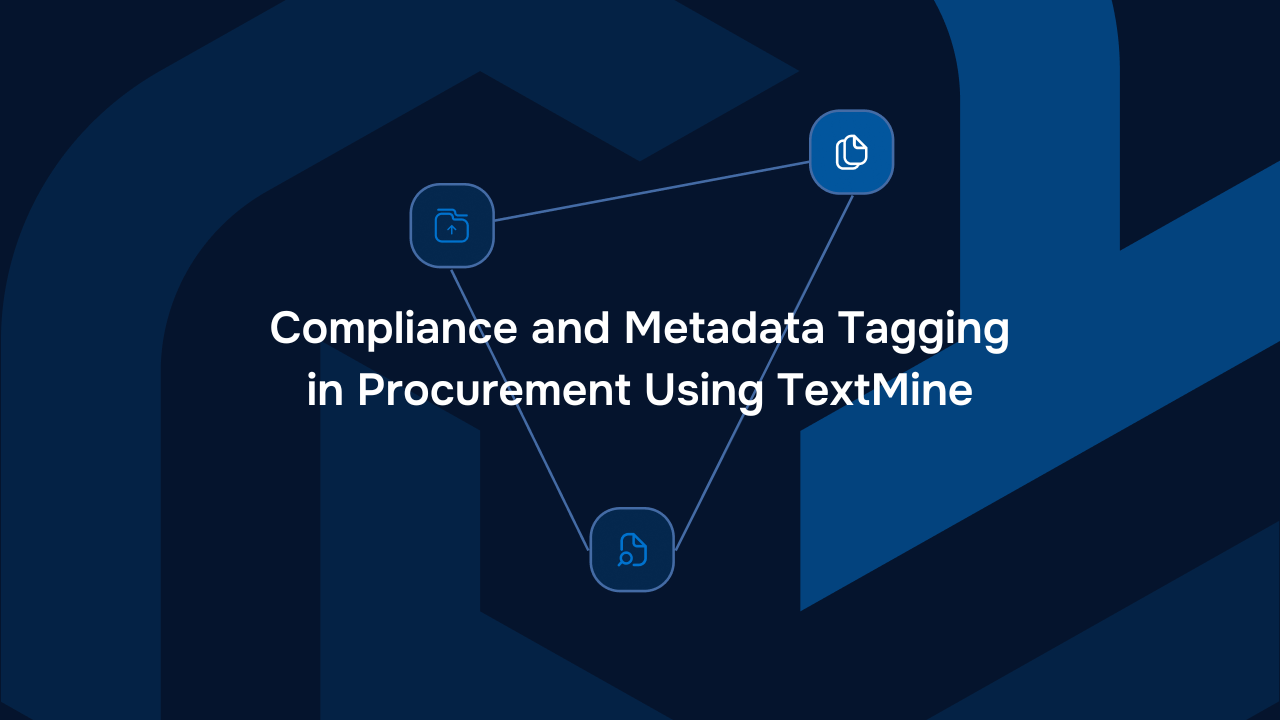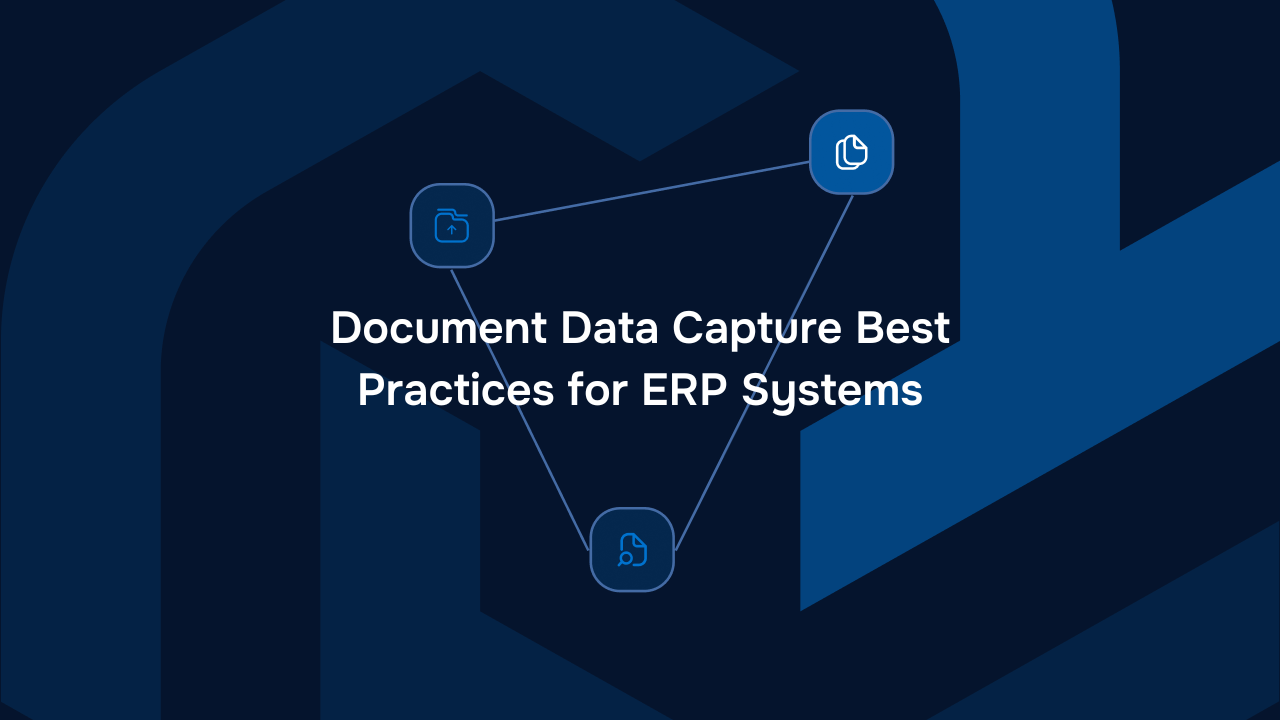How to Run a Supplier Risk Assessment


Suppliers are the backbone of a business which is why it’s important to ensure that they align with your organisation’s goals and requirements. Risk assessments are a great way of vetting both existing and new suppliers. This article will present the benefits of supplier risk assessments, the key risk criteria and categories organisations should be aware of and how to assess a supplier’s risk.
What Is Supplier Risk?
Supplier risk details the risks of interacting with a supplier. Supplier risks can include financial and business risk, as well as other risk factors such as social, legal and reputational. For example, a supplier might engage in subpar labour practices, or be politically exposed. All of these are factors which must be considered as part of a supplier risk assessment.
The Importance of Supplier Risk Assessment
Ensure business continuity
How critical is this supplier for your business operations? Will you be able to ensure business continuity if there are delays or the supplier enters into administration?
Identify potential disruptions
If disruptions do occur, can you rely on alternative suppliers or manage delays with stocks? Can you inflict penalties on your suppliers via SLAs?
Mitigate financial losses
How will a supplier affect your client SLAs and can you mitigate them via your suppliers’ SLAs?
Enhance supply chain resilience
A supply chain is only as strong as its weakest link so how stable, reliable and strong are your suppliers?
Comply with regulations and standards
Are your suppliers complying with the rules governing your business as well as legislation? This can be assessed by reviewing their company policies.
Protect reputation and brand
Ensuring that you interact with suppliers who share your values and ethics allows you to protect the reputation of your business.
Improve decision-making
Understanding the risks involved in any partnership allows you to think more carefully about whether or not it is the right move for your business.
Foster long-term relationships
Viewing a supplier as a potential long-term partner will improve the quality of your interactions and their service. This will in turn de-risk your supplier relationship.
Proactively manage risks
Rather than waiting for problems to happen, be proactive and ready with a potential solution before issues become problematic
Enhance overall supply chain performance
Ensuring that your suppliers are performing at their best will overall increase your ability to deliver your goods and/or services to your clients.
How to Run a Supplier Risk Assessment
Identifying key goals and outcomes
The required depth of your supplier risk assessment will depend on the risk assessment’s objectives. Are you aiming to get a general picture of your supplier’s ability to cope with hazards? Or do you want to specifically analyse your supplier’s ability to cope with a particular risk, such as a labour shortage or manufacturing defect?
Identify critical suppliers
When assessing your supply chain as a whole, you should ensure that you identify the critical suppliers; the ones that you can’t run your business effectively without, or where their failure would cause a chain of failure. These are the most important suppliers to analyse in detail.
Risk criteria and category
Defining Risk Criteria
Financial stability
Is your supplier financially stable? Are they at risk of bankruptcy, or being forced to close one of their facilities? Do they have a proven track record of being able to work with companies on the same scale as you need?
Operational resilience
Is your supplier able to deal with sudden shortages of resources or labour? Do they have diversity in their operation so that an issue in one area is unlikely to spread to the whole company?
Geopolitical factors
Is your supplier in a country or region that is likely to be subject to sanctions by your business’s country or region? Will they likely be impacted by any conflict or humanitarian issues?
Categories of Risk
Risks fall into a variety of categories, some of which are outlined below.
Strategic risk
Is your supplier likely to make any decisions that would prove counter to your interests? This could include working with any significant competitors, changing their manufacturing focus, or even moving into the industry you work in themselves
Operational risk
Operational risk deals with issues around both your and your supplier’s operations. You should check whether your supplier has measures in place to resolve issues with their own operations quickly and effectively and analyse the risk of any upset on their end impacting you
Compliance and regulatory risk
This risk assesses whether the supplier is likely to be complying with laws and regulations pursuant to their business. This is a key category of risk that must be analysed to avoid any potential legal action inconveniencing (or targeting) your own business.
Technological risk
Is the supplier using new technology which may not be fully understood from a risk perspective? For example, a risk with AI models is whether they have been trained to be fair and unbiased.
Data collection
You may need to request some information directly from your candidate supplier; for example, policies and answers to your security questionnaire. However, you are also likely to be able to find key information online. For instance, geopolitical issues are generally easily able to be researched using information from the public domain.
Collecting datais an incredibly important component of risk assessment, as without it, you have nothing to base any further analysis on! However, manual data entry can be time consuming which is why it is important to leverage technology to automate document data extraction and analysis.
Risk assessment tools and methods
Quantitative and qualitative
Quantitative tools and methods deal with the data. These are often good for financial, regulatory, and operational risk assessment; you can get the numbers on your supplier’s financial reports, observe the locations in which they operate, whether they have sufficient redundancy in place, and so on. Qualitative tools and methods deal with potential situations that may arise that pose a risk to your interaction with the supplier.
This could include using case studies to analyse any potential geopolitical risk or examining a company’s code of conduct to ensure that their employees will be behaving in a manner that is befitting an interaction with your company.
Scenario analysis
Using both quantitative and qualitative methods allows you to comprehensively analyse a scenario – something that will give you a good insight into whether your potential supplier is a good fit!
Generally, try to establish a realistic scenario around your main concerns that have been revealed in the data-gathering stage; then, use your quantitative and qualitative assessments to determine the likely outcomes.
Conclusion
Conducting a supplier risk assessment is a key step when engaging in a new business partnership. The risk assessment must not only take into account financial and business risks, but also social and geopolitical concerns. Risk assessments require a lot of manual data entry and document reviews such as in the form of contract audits. Generative AI powered solutions like Vault can streamline this process by automatically extracting the data points of interest from your documents. This data can then be reviewed with a human-in-the-loop to ensure the results are accurate.
About TextMine
TextMine is an easy-to-use data extraction tool for procurement, operations, and finance teams. TextMine encompasses 3 components: Legislate, Vault and Scribe. We’re on a mission to empower organisations to effortlessly extract data, manage version controls, and ensure consistency access across all departments. With our AI-driven platform, teams can effortlessly locate documents, collaborate seamlessly across departments, making the most of their business data.

Newsletter
Blog
Read more articles from the TextMine blog


From Complexity to Clarity: Transforming Supplier Agreement Analysis with AI


Compliance and Metadata Tagging in Procurement Using TextMine







